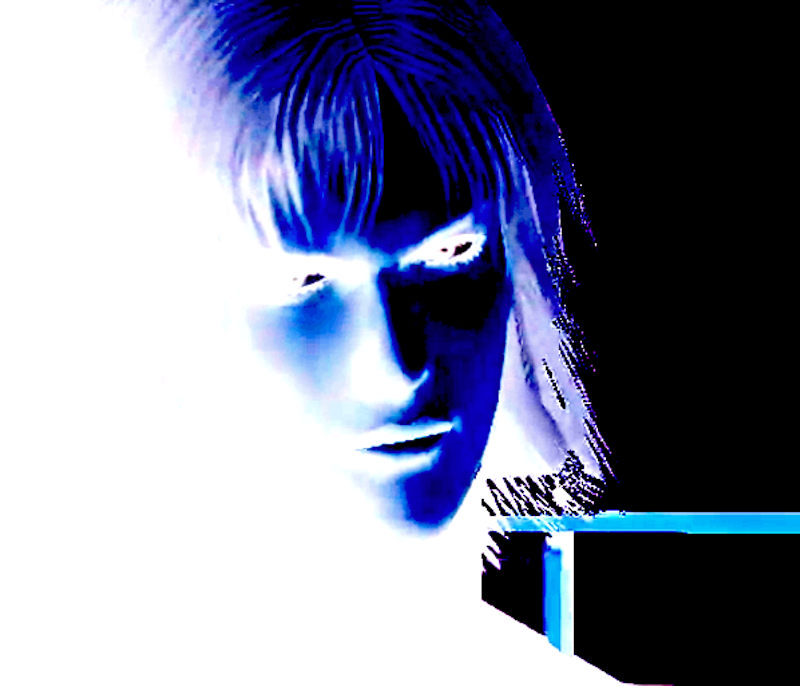On the morning of January 5, 1996, Paul Colson called into The Howard Stern Show and won two tickets to see The Smashing Pumpkins at the Academy in Manhattan the following week. Paul, 15, didn’t have to say “Howard Stern’s penis” behind a reporter or yell “Baba Booey” at an oblivious old politician or celebrity. All he had to do was name the first band that Billy Corgan ever played in. “The MARKED! Paul, my good young man, you and… well probably just you, I was going to say some lucky broad—” Paul didn’t hear them goofing on him, elated that he’d be seeing his favorite band in a small venue in the middle of New York City. Born and raised in Hoboken, he rarely went into the city besides obligatory field and family trips—why bother?
Paul didn’t like books or movies. He didn’t even like other bands besides The Smashing Pumpkins. I’m not trying to make him sound like a sociopath, but from what I saw, and what I gathered later on, Paul wasn’t a fan, or a “head,” or even a hipster—most people probably thought he was nice but pretty boring. He was 11 when the video for “Smells Like Teen Spirit” became inescapable, and Nevermind was probably—though who knows?—the first CD he bought. And he liked it a lot: for a year and a half, Nirvana was his favorite band. Kurt Cobain’s interviews, at least the clips he caught on MTV and the blurbs excerpted on the covers of tabloid newspapers at the grocery store, did appeal to him as a quietly desperate young American teenager. But he never delved into bootlegs, nor rarities compilations, nor even the television specials that would quickly become iconic: he missed Nirvana’s MTV Unplugged in New York because he forgot about it, busy doing homework he paid almost as little attention to.
And by then Siamese Dream was out, and The Smashing Pumpkins had arrived. Paul came to the band relatively late compared to even his public school peers, buying the CD only when “Today” and “Disarm” became massive hits in the late-summer of 1993, a month or so after the first single “Cherub Rock” and its underlit music video didn’t get much more attention than their 1991 debut Gish. Besides Corgan’s romantic and psychedelic lyrics, it was the sound of the band that hypnotized him, and before the Pumpkins there would be no other. This is when Paul’s solo trips into the City became more common, buying bootlegs and live concert recordings at Bleecker Street Records and Kim’s, where he bought his first audience camcorder tape, from Lollapalooza 1994, on Randall’s Island—a show he missed because his father was missing again.
The Colson family may have been able to maintain residence in Hoboken, but they were the sort that would’ve produced the town whore in a pre-war Southern Gothic novel. Paul’s parents simply were not there—mentally with his mother, and physically with his father, who was a moderately intelligent conman who nonetheless did nothing with his life and treated everyone in it like shit, including his son. Paul took their indifference to his existence as a water takes to fish—what else are you going to do?
His dad turned up as always, but the Randall’s Island show on August 8, 1994 was the first Smashing Pumpkins show in the area that he could afford. Tickets were expensive for a popular band, and sometimes he wished he were “cooler” only so he could’ve seen the band in a smaller venue for less money. But then again, so what? What did it matter? The Smashing Pumpkins would be around forever. Billy Corgan wasn’t a conflicted drug addict like Cobain, he was living the life of his dreams, and as long as God allowed it, he would be a rock star, and he’d be playing in The Smashing Pumpkins. After the band went into rehearsal and recording sessions that lasted nearly a year, they cancelled the fall 1995 tour that Paul would’ve gone to, likely in the nosebleeds at Madison Square Garden.
But then Billy and the band pulled through. Buoyed by the unprecedented success of Mellon Collie and the Infinite Sadness, the best-selling double CD of all time, the band prepared a sort of “thank you” tour for their true fans, eager to see them play so much new material. The band had so many songs—28 on the record, 28 on the B-side collection that would follow that fall—that on the tour Paul saw, they opened for themselves, playing acoustic and weirder songs in their pajamas, before moving into the full-on rock set. It was usually about a three-hour show. But Paul knew none of this because Paul didn’t have a computer, he only had the CD’s that Sam Goody had, and the bootlegs certainly didn’t provide any more information about the album’s recording sessions.
On the night when I followed him to the Academy in Manhattan, sometime in January 1996, Paul left with no one and nothing but this man and his band: Billy Corgan and The Smashing Pumpkins. As passionate as he was, there was something mechanical about him—as he trudged through the snow, and endless delays that would interrupt his arrival into the state of New York, he walked like a man on his way to the firing squad, not a concert by his favorite band. There was no one out to cheer Paul Colson up on the streets of Hoboken that night.
—Follow Rooster Quibbits on Twitter: @RoosterQuibbits

